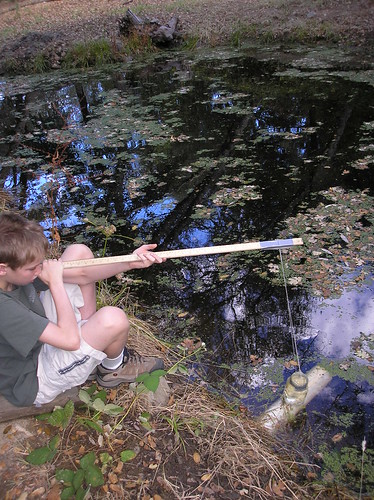

I am going to share something with you about these photos. I was walking to my mailbox the other morning to put a letter in to my sweet aunt. I went right past my newly planted butterfly bush and saw to my delight that there were about six butterflies skittering around the blooms. I was so surprised that within a matter of days, my new bush had attracted such a flock of butterflies.
I immediately ran inside to get my camera, hoping that they would still be there when I got back. As I approached the bush, they flew away to the lavender that is planted in the same row. I sat down quietly almost in the flowerbed, hoping that they would come back and they did. I must have taken twenty photos of the butterflies because I wasn't sure any would come out clearly. I sat and observed these beautiful insects as they flitted from bloom to bloom and noticed so many details about them. I am finding it is easier to remember what I see if I actually say it out loud. Hairy body, small wings, orange and black, dots underneath, long legs....anyone walking by would have thought I was a little nuts. But, it did make it easier when I came inside and pulled out the field guide. I confirmed what I suspected it was by doing a search online and looking at images.
Results:
Hylephila phyleus
Fiery Skipper
The zoomed in photo of his head makes me laugh every time I see it. He looks as if he is wearing sunglasses. Can you believe the shape and size of his proboscis? Amazing creature and I will never forget the morning sitting in my lavender, waiting for the butterflies to come back so I could see them.
Barb
Harmony Art Mom












